
CPR vs Advanced Cardiovascular Life Support: How Are They Different?
Differences Between CPR vs Advanced Cardiovascular Life Support
Emergency medical training is important for both healthcare professionals and laypersons to respond effectively in critical situations. Cardiopulmonary Resuscitation (CPR) vs Advanced Cardiovascular Life Support (ACLS) are two essential training programs that equip individuals with the skills needed to save lives. At Illinois Safety, we provide comprehensive CPR and ACLS training courses to ensure you are prepared for any cardiovascular emergency. We are backed by numerous positive reviews and a detailed FAQ section to address all your questions. Learn more and get certified today. For any inquiries, call us at (630) 290-4280.
Understanding CPR vs ACLS
Brief overview of CPR vs ACLS, highlighting their definitions, purposes, and applications in medical emergencies.
CPR, or Cardiopulmonary Resuscitation, is a basic life-saving technique used during emergencies when a person’s heart stops beating or they stop breathing. The primary goal of CPR is to maintain vital blood flow to the brain and heart until professional medical help arrives. It involves chest compressions and rescue breaths, aiming to restore spontaneous circulation and breathing.
ACLS, or Advanced Cardiovascular Life Support, goes beyond basic CPR to include advanced interventions and techniques used by healthcare professionals during severe cardiovascular emergencies, such as cardiac arrest, stroke, or myocardial infarction. ACLS training covers a wide range of medical protocols and procedures, including airway management, the use of medications, and the interpretation of electrocardiograms (ECG).
Key Components Of CPR
An explanation of the primary techniques involved in CPR and the requirements for obtaining CPR certification.
Basic Techniques Involved In Cpr
The core of CPR involves rhythmic chest compressions to manually pump blood through the heart and maintain circulation. Providing breaths to the patient to ensure oxygen reaches the lungs. An Automated External Defibrillator (AED) is a portable device that checks the heart rhythm and can send an electric shock to the heart to try to restore a normal rhythm.
Training Requirements For Cpr Certification
CPR certification typically involves a short course that covers the essential techniques of chest compressions, rescue breathing, and AED use. These courses are designed to be accessible to the general public and do not require a medical background.
CPR classes in Chicago that are tailored to meet the needs of both individuals and organizations. These classes provide hands-on practice and are taught by certified instructors. CPR training in Chicago is designed to equip participants with the skills and confidence needed to perform CPR in real-life emergencies.
Key Components Of ACLS
In-depth look at the advanced techniques involved in ACLS and the training requirements for healthcare professionals to obtain ACLS certification.
Advanced Techniques Involved In ACLS
Techniques to secure and maintain an open airway, including the use of advanced airway devices. Administration of medications used during cardiac emergencies to manage arrhythmias and support cardiac function. Understanding and interpreting electrocardiograms to identify cardiac rhythms and conditions that require intervention.
Training Requirements For ACLS Certification
ACLS certification involves a more extensive training program compared to CPR. It requires participants to have a background in healthcare or a related field. The course covers advanced medical procedures and the application of ACLS protocols.
ACLS classes in Chicago that provide comprehensive training for healthcare professionals. These classes include lectures, hands-on practice, and scenario-based learning. ACLS certification classes in Chicago ensure that participants are well-prepared to handle complex cardiovascular emergencies.
Major Differences Between CPR vs ACLS
Comparison of the scope, complexity, and training requirements of CPR and ACLS, highlighting the main distinctions between these two life-saving techniques.
Scope And Complexity
CPR: A basic life-saving technique that can be performed by anyone with proper training. It focuses on maintaining circulation and breathing until professional help arrives.
ACLS: An advanced set of protocols and techniques used by healthcare professionals. It involves comprehensive medical knowledge and skills to manage severe cardiovascular emergencies.
Required Training And Certification
CPR: Certification can be obtained through short courses that are accessible to the general public. Illinois Safety provides CPR classes in Chicago that are perfect for individuals seeking to learn this crucial skill.
ACLS: Requires more extensive training and is intended for healthcare professionals. Illinois Safety offers ACLS certification renewal in Chicago to ensure that medical personnel remain up-to-date with the latest ACLS protocols.
Importance Of Both CPR vs Advanced Cardiovascular Life Support
Discussion of the benefits and significance of being trained in both CPR and ACLS, emphasizing their roles in emergency response.
Individuals trained in CPR can provide immediate assistance during cardiac emergencies, significantly increasing the chances of survival. CPR training is widely available and can be taken by anyone, making it a valuable skill for both personal and professional life.
ACLS training equips healthcare professionals with the skills needed to manage severe cardiovascular emergencies effectively. Many healthcare positions require ACLS certification, making it essential for career advancement in the medical field.
How To Choose The Right Training Program
Guidance on selecting the appropriate training program based on career goals and workplace requirements, along with resources for finding courses in Chicago.
Factors To Consider When Choosing Between Cpr And Acls
If you are a healthcare professional or planning to enter the medical field, ACLS certification may be necessary. For those looking to acquire basic life-saving skills, CPR training is ideal. Certain job roles, especially in healthcare, may require ACLS certification. It’s important to check your employer’s requirements before enrolling in a course.
Resources For Finding Training Programs In Chicago
Illinois Safety offers a variety of training programs to meet your needs. Convenient online recertification options are available for healthcare professionals needing to renew their ACLS certification. Basic Life Support (BLS) classes provide essential training for healthcare providers. CPR training in Chicago is easily accessible and designed to fit your schedule.
Understanding the differences between CPR and ACLS is crucial for selecting the right training program based on your needs and career goals. While CPR provides essential life-saving techniques that anyone can learn, ACLS offers advanced training for healthcare professionals to manage severe cardiovascular emergencies. Illinois Safety are committed to equipping you with the skills needed to save lives through our highly-rated training programs. For more information, check out our services page, read our FAQs, or see what others have to say in our reviews. Ready to get certified? Contact us at (630) 290-4280 to enroll in a course today. Your journey to becoming a certified life-saver starts here.
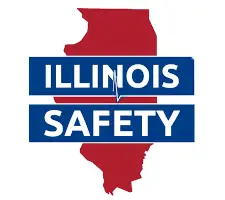

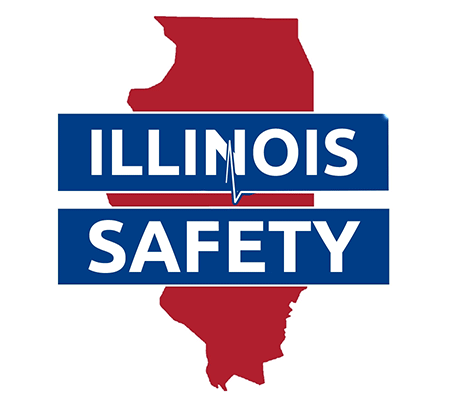

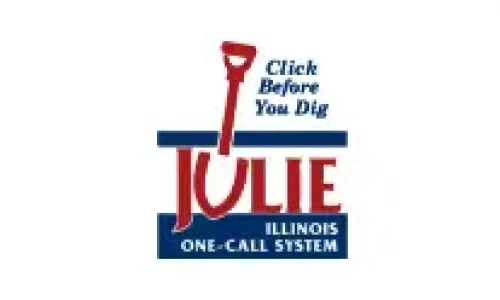
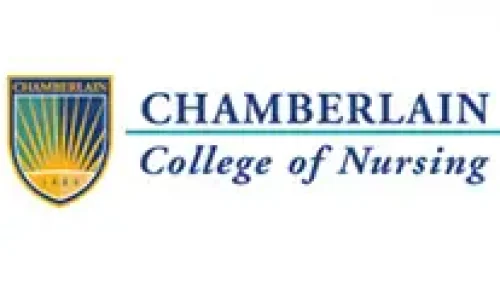



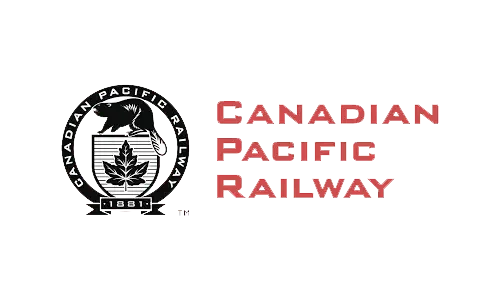


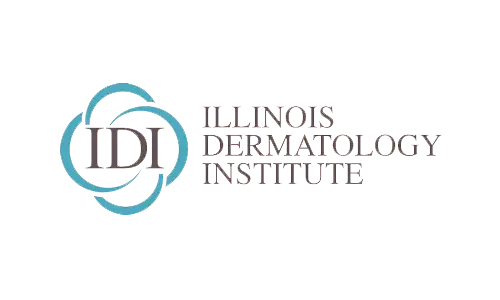
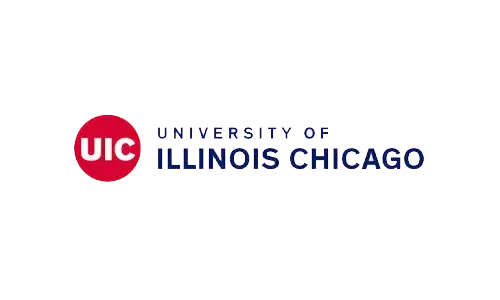
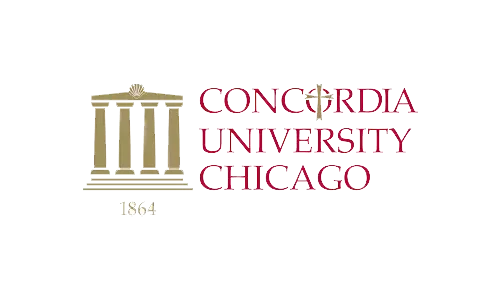
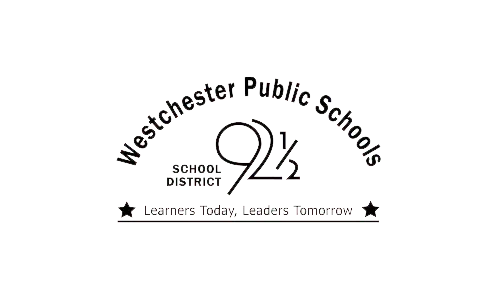





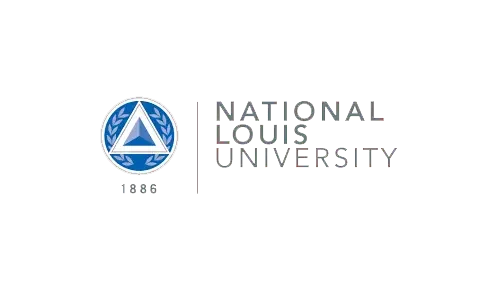
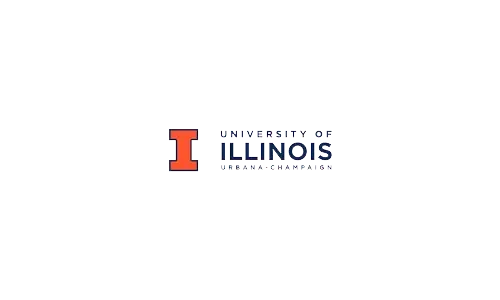
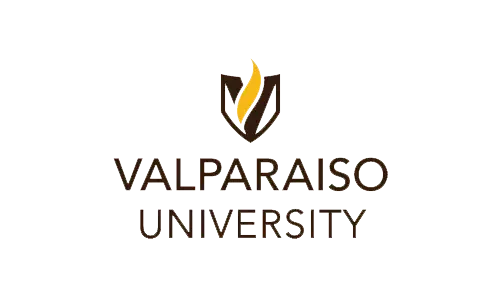
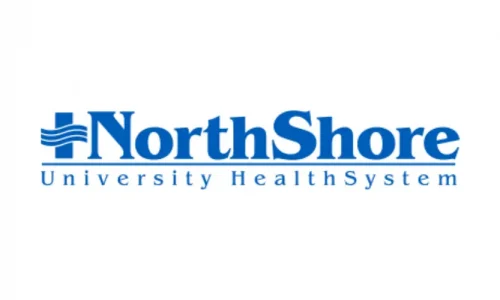




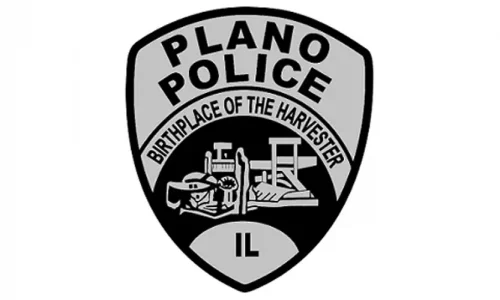
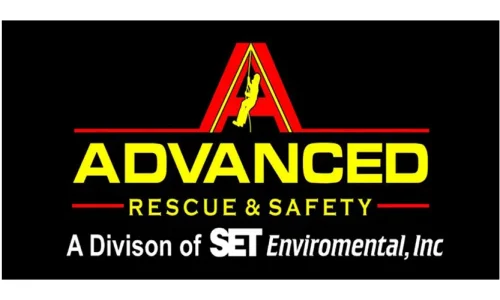


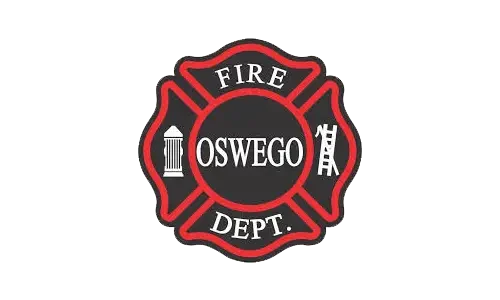
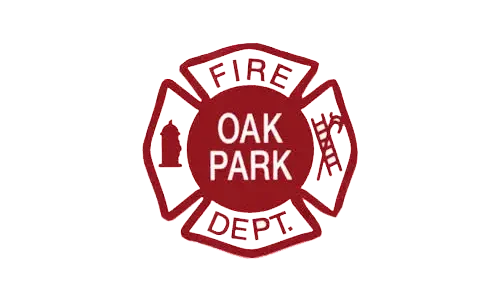


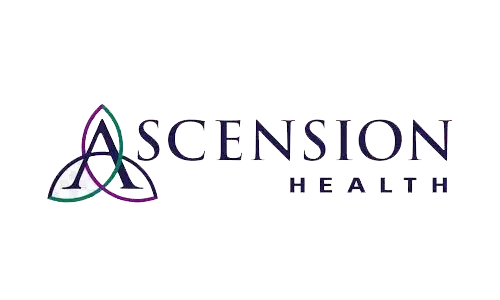






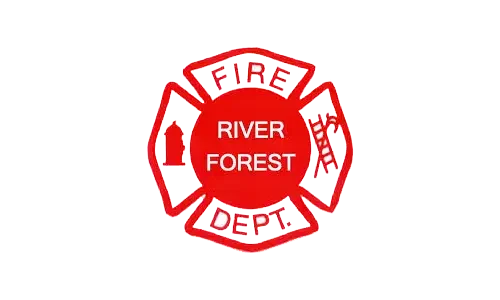
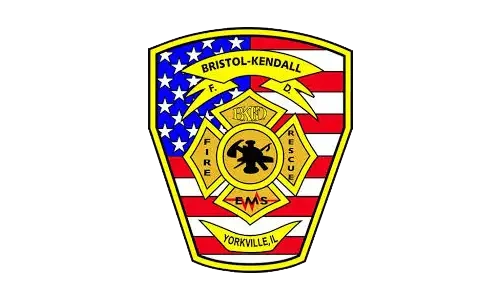


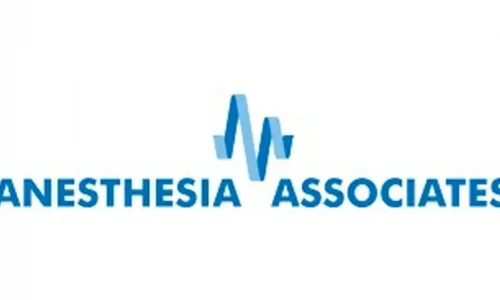




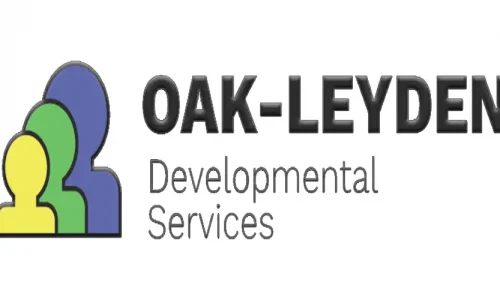



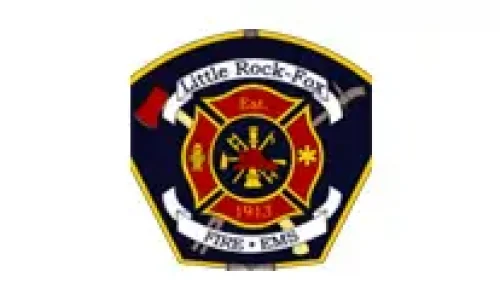




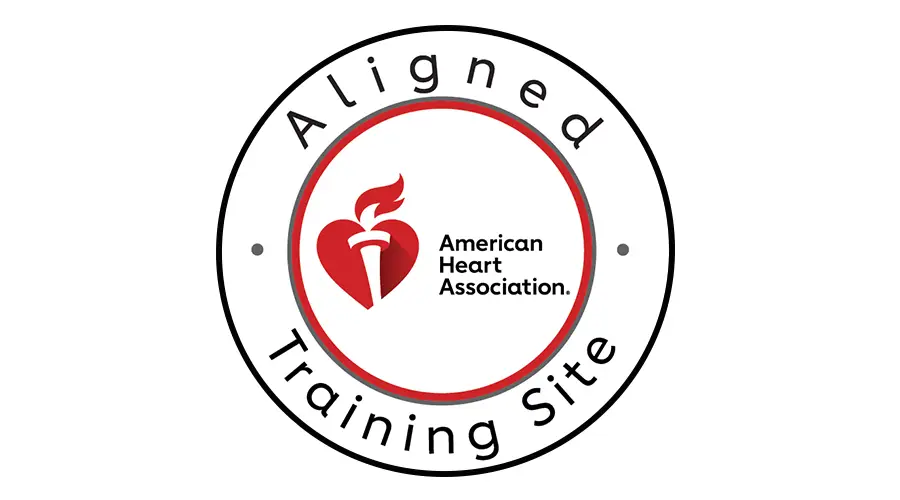
 Powered by
Powered by